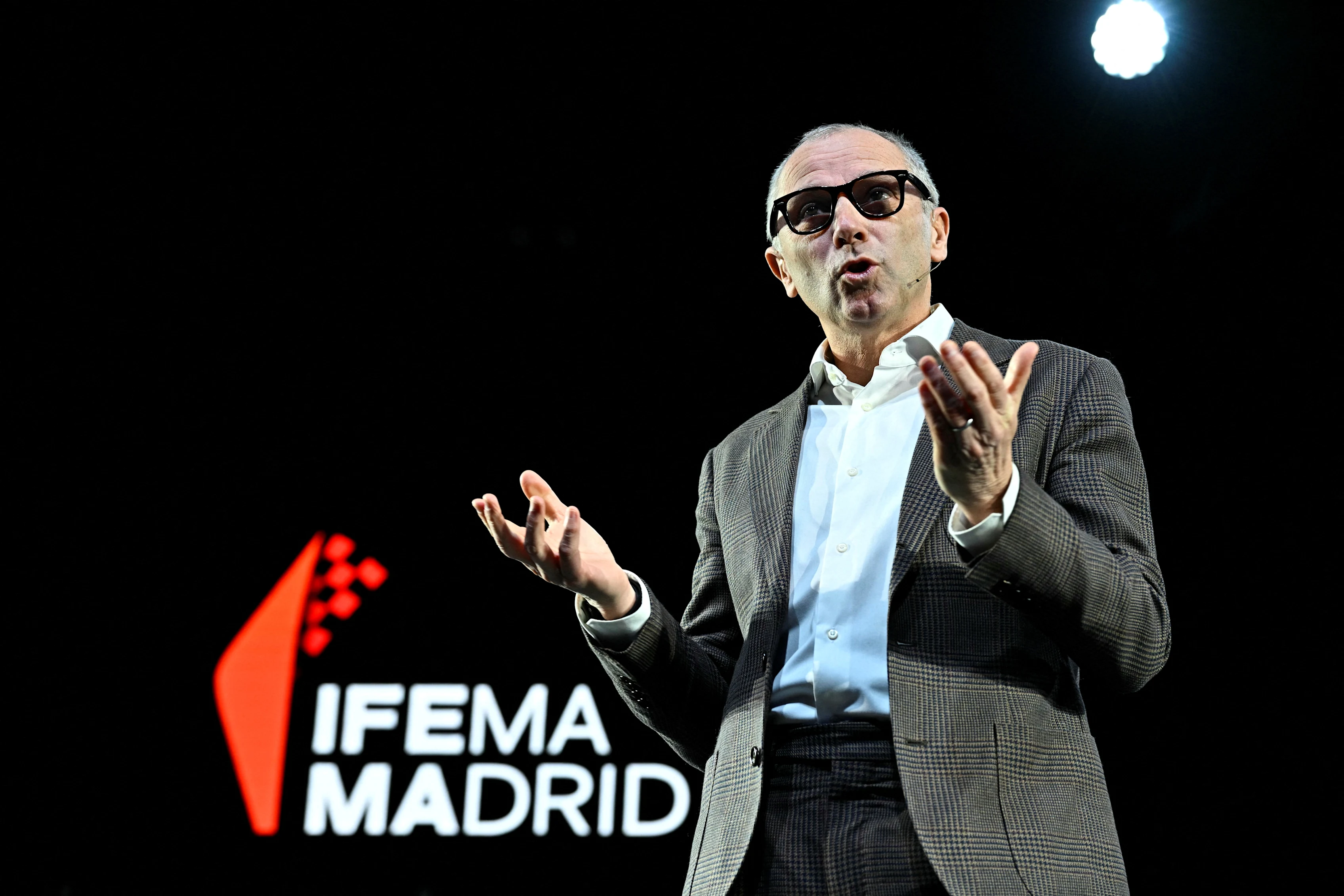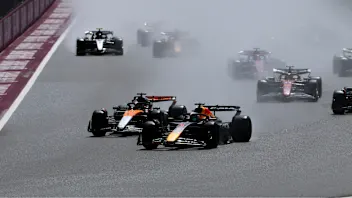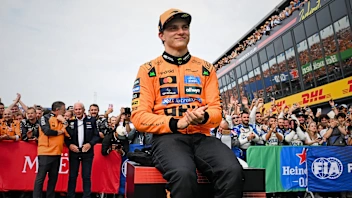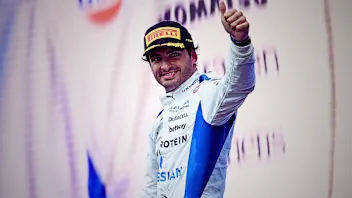On the day Formula 1 announced that the Spanish capital Madrid is joining the calendar from 2026 – after agreeing a 10-year deal to host an event at a newly-constructed track – we speak to President and CEO of Formula 1 Stefano Domenicali about the details…
Madrid shows Europe wants to invest in F1
In recent years, Formula 1 has seen exciting growth in the Middle East – with the likes of Saudi Arabia and Qatar joining the calendar – and the United States – where F1 now has three races in a season.
But the return of Italy’s Imola and the Netherlands’ Zandvoort has shown Europe still wants to fight for F1, and Madrid’s investment in a brand-new facility is the latest example of that.
READ MORE: Madrid to join Formula 1 calendar from 2026 in new long-term deal
“It’s great news for Formula 1 as it shows once again that there is strong appetite around the world for our sport,” says Domenicali. “It shows that at a moment where Europe is perceived to be a place that is not ready to invest in our sport, Madrid and others are showing it is.
“They have presented a fascinating project, one that will be built in the next couple of years and a project that is considering the fans and their whole experience, from their travel to the whole event experience. The proposition we received from the promoter was great. Since the first day, it has been an open discussion of what this event can be.”

Another bumper deal for F1
Madrid’s deal runs from 2026 to 2035 inclusive, with capacity set to be 110,000 per day for the opening race, rising to 140,000 within the first half of their contract. That will make it one of the largest capacity races on the calendar, rivalling the likes of Austin, Melbourne and Silverstone.
“I’m very pleased that it’s a deal that takes us to 2035 – it’s a long time,” says Domenicali. “This is the objective as F1, with either new or more established promoters. It allows everyone involved to plan the future and invest in the future as it is a guarantee for the promoter, for our partners, for our teams and for our sport. It gives everyone long-term visibility.
“If you look at the past, the renewals were two years, three years or five years maximum. Now all our new deals are going in the direction of being very long. And if they are short, there is a reason.”
Madrid’s arrival doesn’t necessarily mean the end for Barcelona
The Circuit de Barcelona-Catalunya has been a permanent fixture on the F1 calendar since 1991. With Madrid signing a deal for 2026, it has raised questions about the future of the Barcelona race.
Domenicali says it isn’t necessarily the end of their partnership, especially as Formula 1 is having a resurgence in the country, which currently has two drivers on the grid in the form of Aston Martin’s double world champion Fernando Alonso and Ferrari racer and two-time Grand Prix winner Carlos Sainz.
“For the avoidance of doubt and to clarify here, the fact we are in Madrid is not excluding the fact we could stay in Barcelona for the future,” he says.
“Looking ahead, there are discussions in place to see if we can really extend our collaboration with Barcelona, with whom we have a very good relationship, for the future.”
F1 has seen a boost in popularity in Spain in the last year. In 2023, the European country had a total season TV audience of 77m, which is around 3.5m per race on average and an 84% increase versus the previous year.
EXPLAINED: Your key questions answered as Madrid joins the F1 calendar from 2026
Over 10m watched last year’s Spanish Grand Prix, with social media following rising 23% to 882k and 4m unique visitors heading to Formula1.com, an increase of 45% versus 2022.
“Spain was a market that just a couple of years ago, was not in the centre of our eyes,” says Domenicali. “Now it is very important. We signed a new deal with Spanish broadcaster DAZN until at least the end of 2026.
“It’s a nice problem to have, to have multiple cities – some in the same country – wanting to host a Grand Prix. It shows the value of our proposition. But we need to keep focused on the reason for our success and make sure we aren’t complacent.”
Sustainability is at the heart of Madrid’s new venture
The circuit will be constructed around the IFEMA MADRID convention centre, which is just five minutes away from Madrid’s international airport, and with sustainability in mind.
Over the last five years, IFEMA MADRID has reduced its carbon footprint by 78% – with plans in place to further slash its carbon emissions.
All their buildings use 100% certified renewable energy in all exhibition halls and any temporary structures built for the race will be constructed using recyclable materials.
And they are also looking to implement zero waste disposal at all their sites by 2026.
“Formula 1 is fully committed to reaching Net Zero Carbon by 2030,” says Domenicali. “And IFEMA MADRID shares our vision and ambition to make the Spanish Grand Prix in Madrid one of the most accessible and sustainable F1 events on the calendar.
“The new venue will have great connections with the city, by train, metro and bus.
“It’s located just 16km from the city centre and it is the promoter’s objective to bring the vast majority of fans from the city to the track via public transport.”
Next Up
Related Articles
 The elite group Norris joins as McLaren World Champion
The elite group Norris joins as McLaren World Champion ExclusiveHow Norris made his school teachers ‘enormously proud’
ExclusiveHow Norris made his school teachers ‘enormously proud’ REVEALED: Your favourite race of the 2025 season
REVEALED: Your favourite race of the 2025 season Hinchcliffe'History shows Piastri will be even better in 2026'
Hinchcliffe'History shows Piastri will be even better in 2026' ExclusiveHow APXGP was brought to life by costume designer Julian Day
ExclusiveHow APXGP was brought to life by costume designer Julian Day ExclusiveWhy Sainz feels ‘vindicated’ after his first Williams year
ExclusiveWhy Sainz feels ‘vindicated’ after his first Williams year
.webp)